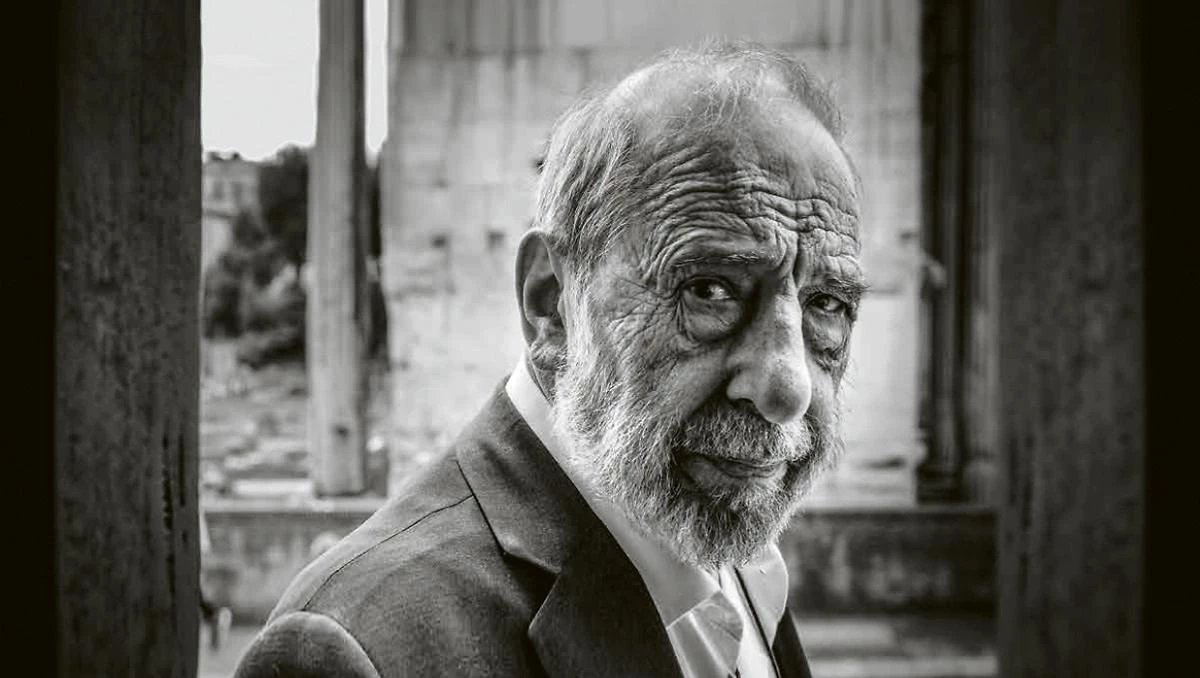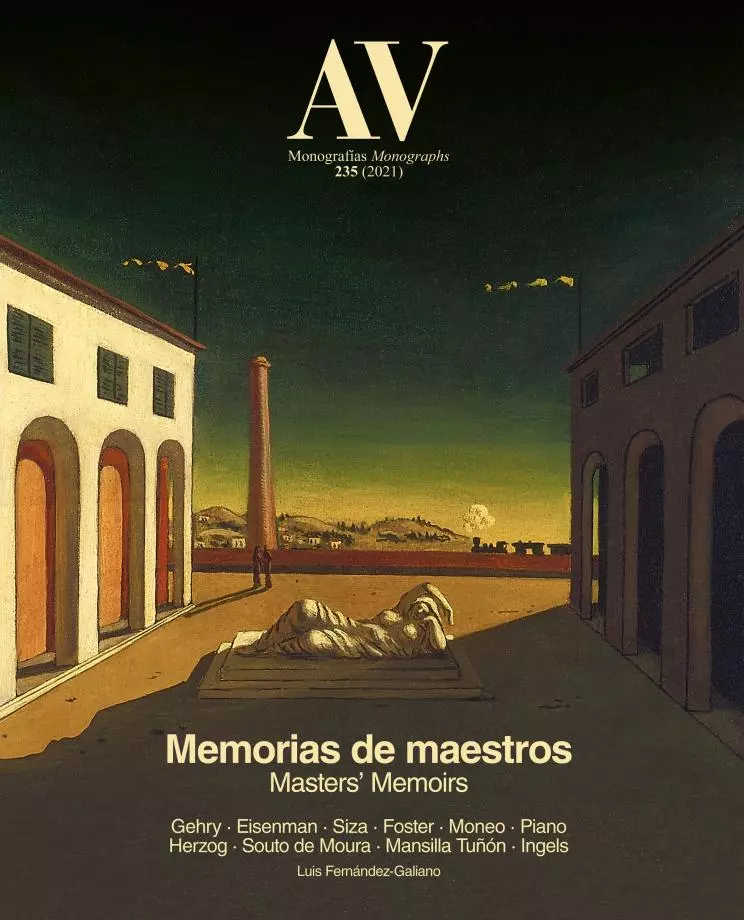
I was born in Matosinhos, in 1933, into a large family. We were five siblings, common at the time, and twelve people living at home, starting with my grandmother, who had come from Brazil as a widow with six children. We ate all together and conversed. As a child, I drew on the family table beside my uncle, who wasn’t particularly adept with the pencil but nevertheless always encouraged me to draw. He got me enthused and one day he told me that I should start signing my drawings, and so I did, in my unsteady childish handwriting. I should perhaps attribute my passion for drawing to that uncle who couldn’t draw.
My father was an engineer. He didn’t pressure me to take up a technical career, but when I told him it was sculpture that I wanted to do, he worried, as did the rest of the family. They thought that sculpture meant an overly bohemian life, with not many prospects in store. They were truly alarmed, and because I didn’t wish to argue – my father being a nice person, little given to conflict – I opted to enroll in the Architecture program of the School of Fine Arts; from there I could easily transfer to Sculpture. But I discovered that I liked architecture, so I stayed.
I wasn’t passionate about it at first, but then a generation of young teachers arrived at the School and got me interested. Those teachers of my first-year subjects were close to retirement but we had a fantastic director, Carlos Ramos, who rejuvenated the teaching staff. That’s how I met Távora, who, though very young, was already a CIAM member and in touch with architects in other countries. Above all he sought to pass on to us his love for architecture. I remember his excitement when talking about the wooden door handles in Le Corbusier’s Maison Jaoul… He created an atmosphere of complete openness. With his arrival, the Architecture program was suddenly attractive. This was a period of euphoria and change – 1949, the war over – and we were witness to the multiplication of information within our reach: the appearance of our architecture magazines, books, travels… Totally the opposite of the mood that had reigned in the School when I started...
[+]





